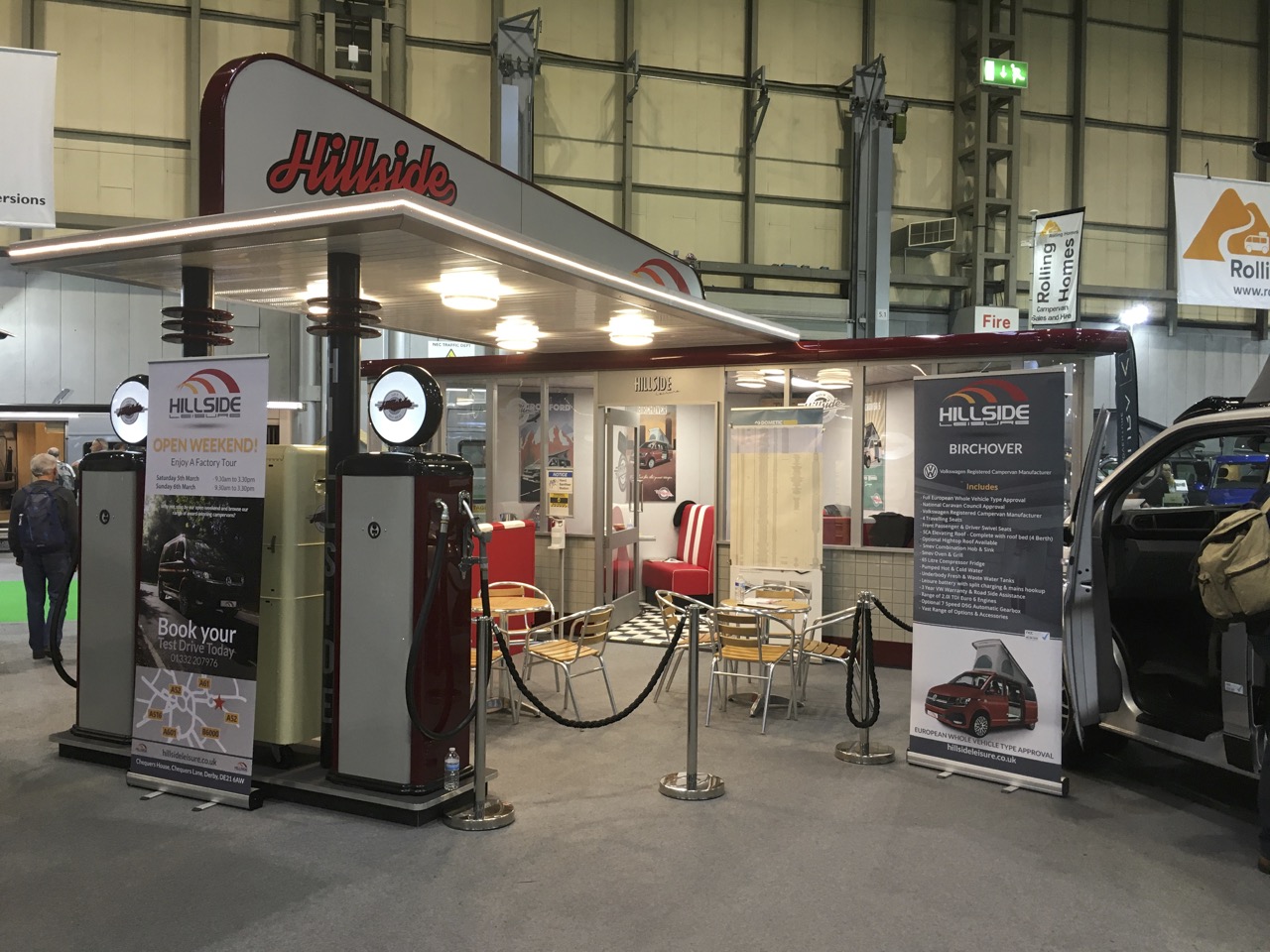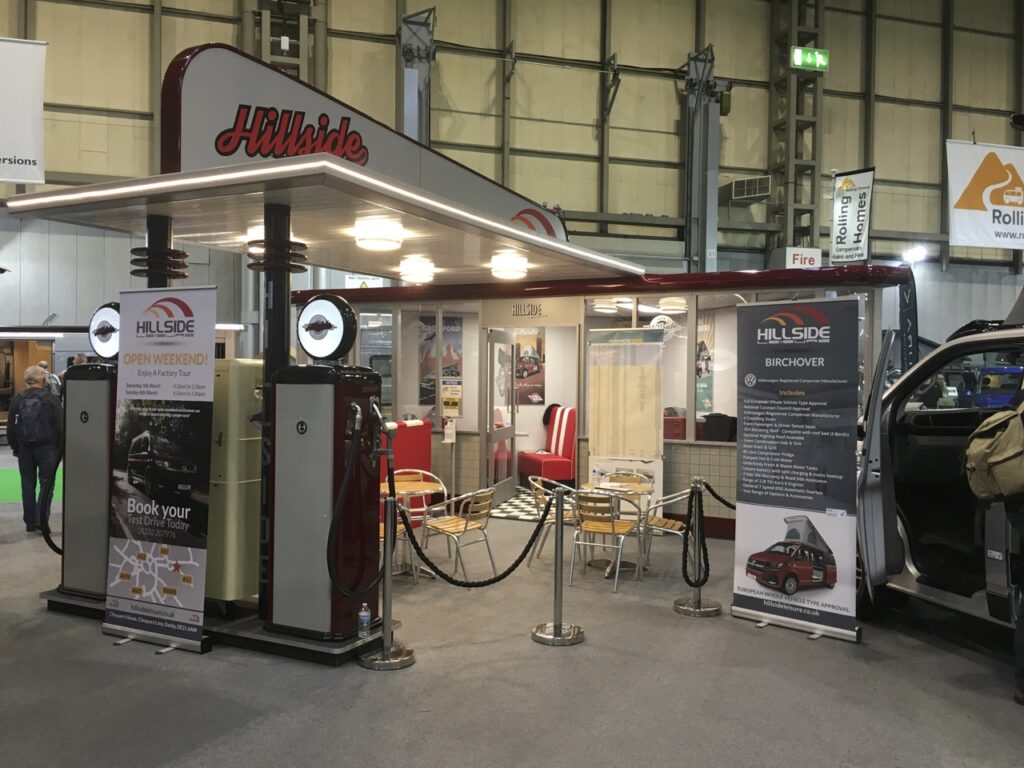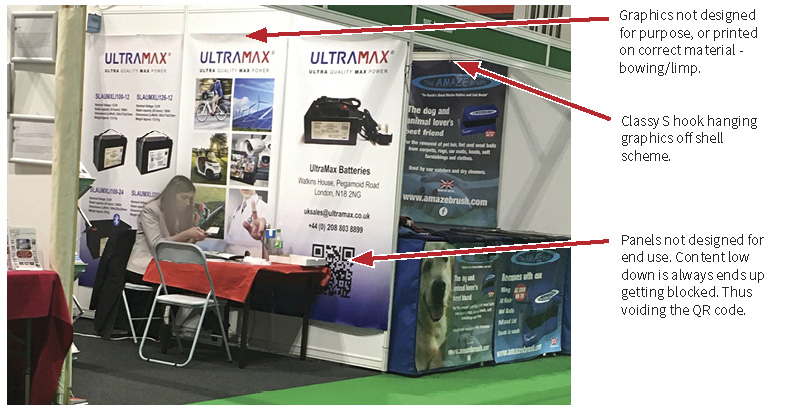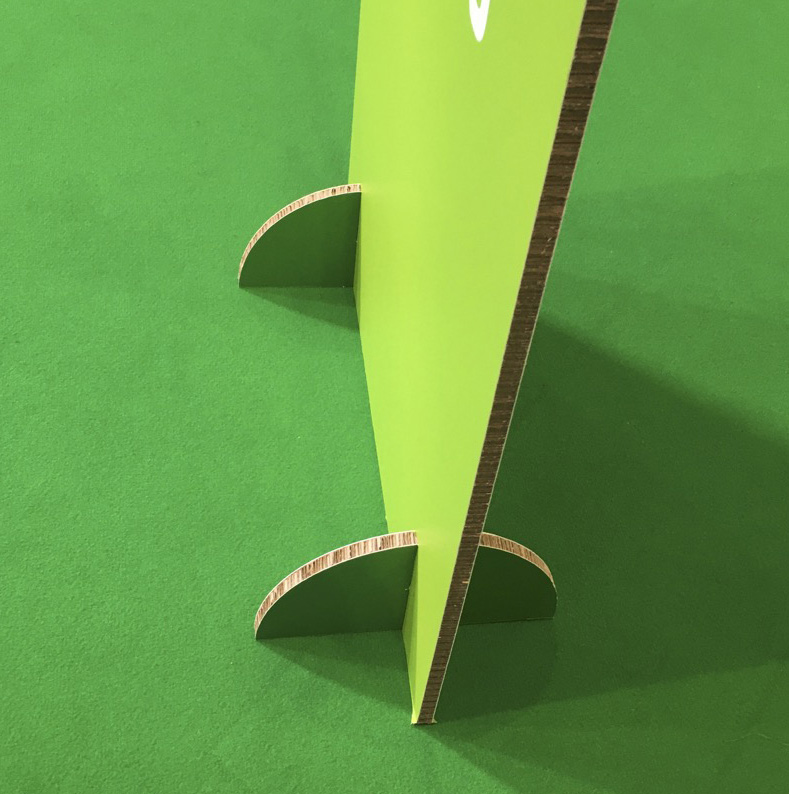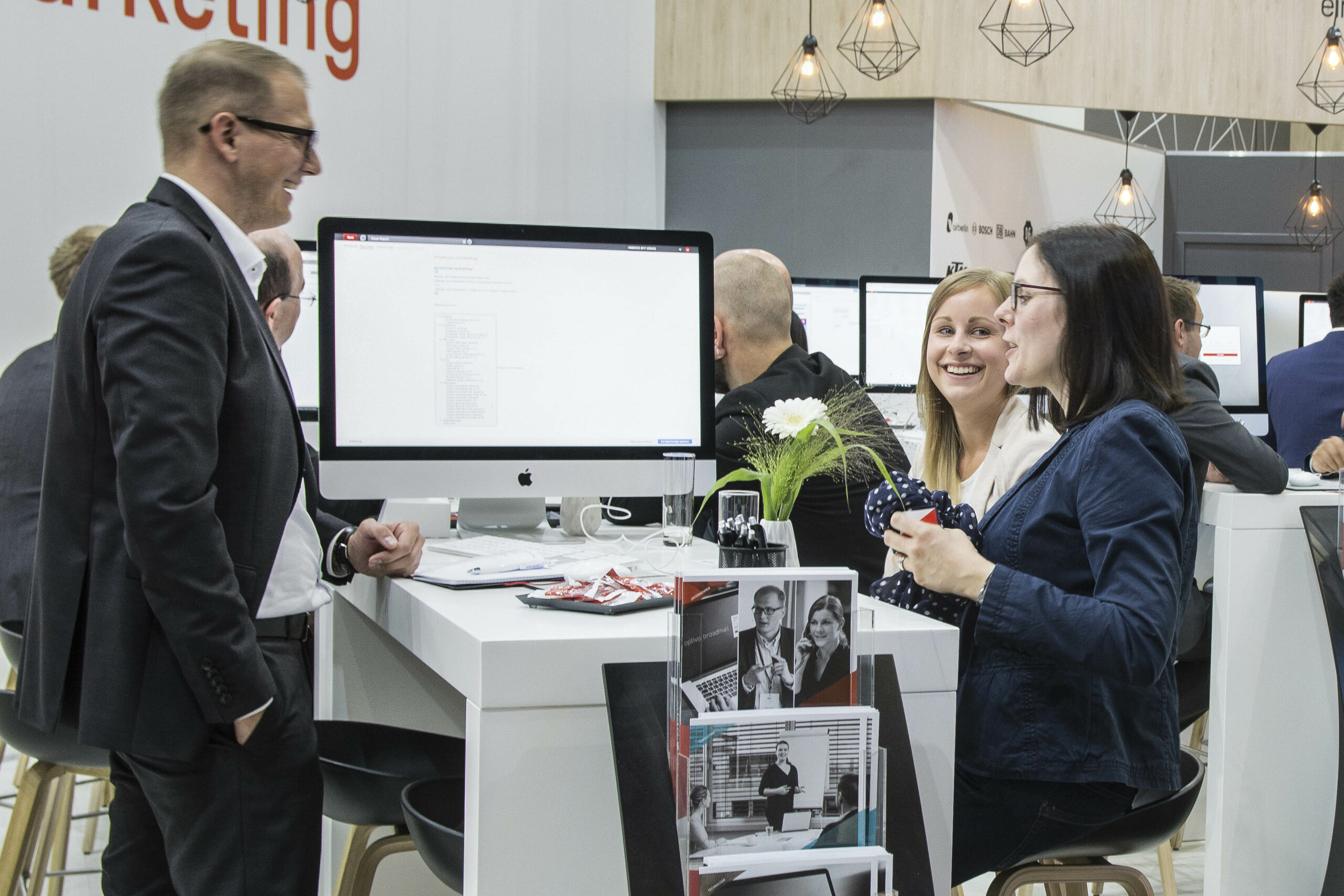
Maximising your opportunity at Exhibitions and Conferences
So, you’re either planning on exhibiting or have booked to exhibit at a conference, expo, showcase or another great event to get you and your business in front of some great prospects.
However, you want to maximise it, make it work, and create a great memory about you and your business with a potential customer base. The challenges are…
- The sea of Pull Up Banners all competing to be seen, and nothing breaks the monotony of everyone having the same banners.
- How are you making this work with your current marketing?
- What are you doing to provoke and create engagement with the audience?
Be different…
- Use different visual “tools” to be seen
- Think 3-dimensional
- Have an activity to engage people
- Make giveaways relevant
- Use the space you have and remove barriers to engaging with you.
Add to the journey…
- Where do you want people to go next within your marketing tools, request a white paper. Become a prospect within your CRM?
- If needs be map out a pipeline before the event, during the event and post the event with likely actions to support developing prospects into clients.
- How do you create value by connecting with you?
Yes, the Pull Up banner might be the staple go-to small exhibition visual tool. However, the commonality of Pull Up Banners means if you want to be seen, thinking differently will help. Breaking up the monotony will make you think about how you dress your stand to add extra points of interest. Easy wins for dressing a stand include branded tablecloths, runners, Tabletop cut-outs or feature graphics. Or even do something fun and engaging!
If you are looking to be different then a Stretch Printed Cloth display system provides a great refreshing change from the Pull-up banner or the Pop-up System. They have more shapes available and equally, add a different dimension to an exhibition space. It is essential to confirm what space you have beforehand and have a plan of how to use the space. Especially as these do occupy a very different space from just banners.
If you are in a small “booth” style pitch at an exhibition, if you have the height – use it! Feather flags might be associated with the outdoors, if you know you’re in a hall with a high ceiling – make the most of it. Just remember the basics of health and safety, and ensure it is safe.
Connecting your marketing: Ideally exhibiting is part of your marketing plan, which links everything together. Ensure you have a great message to connect with the audience you want to connect with. To make attendance at an Exhibition or Conference successful you do need to put in the leg work beforehand. Have you lined up social media content to back up your presence? Have you invited local customers to informally have a chat? Does exhibiting also present the opportunity to provide introductory offers or other onboarding techniques – how do you plan to communicate this, and provide references to accelerate the journey to conversion?
“People like people like themselves.” Understanding the audience at the event is essential. So much communication is done by non-verbal communication, body language signs and the mirroring of behaviours. Before you even start, you can be putting yourself at a disadvantage, be you, people like people. Therefore, if you don’t attire in a three-piece suit – don’t, if your attire is more casual, ensure it matches your personal brand and the brand of your business. Face it, I am well known for distinctive Hoodies, and bright matching trainers, it’s my signature, create your signature which echoes your business’s brand values. It’s a deliberate approach for us to break down barriers by being easy to approach. Branded apparel and workwear can aid in being seen and being remembered – how often in a networking room is it a sea of grey, blues and blacks? (I’ll assure you I am remembered when networking just for my attire)
Once your vibrant personality has caught someone, or equally, you need an opening line to get to talk to someone, an on-stand activity is a great ice-breaker. From simple lucky dips, wheel of fortune, “Play your cards right”, guess the number of sweets in a jar, having a bit of fun is so important, as it provides the opportunity to get to know people.
Which leads to giveaways, or merchandise. Yes, great idea for providing a brand presence for a while after the event with your prospect. However, thinking about this care is essential; Is it useful? Does it have a lifespan which is responsible? – yes, the green-eco agenda is important. Equally if giving away sweets, or other food items, need to think about allergens. Ensuring that your prospect goes away with something different is the key. If you’re just going to use a standard leaflet, remember when it hits the bag, will it stand out? Using unusual shapes, different folds and finishes will add to the look twice aspect. Of course, ensure your print has a measurable Call To Action on it.
Ultimately, what you put into an event will be what you get out of it. Getting the mix, of publicity, presence, and engagement right will help you maximise your return. Delivering your branded message will reinforce your message – just ensure it has a unique memorable hook and you’ll make some inroads to connecting and building great new business opportunities.


